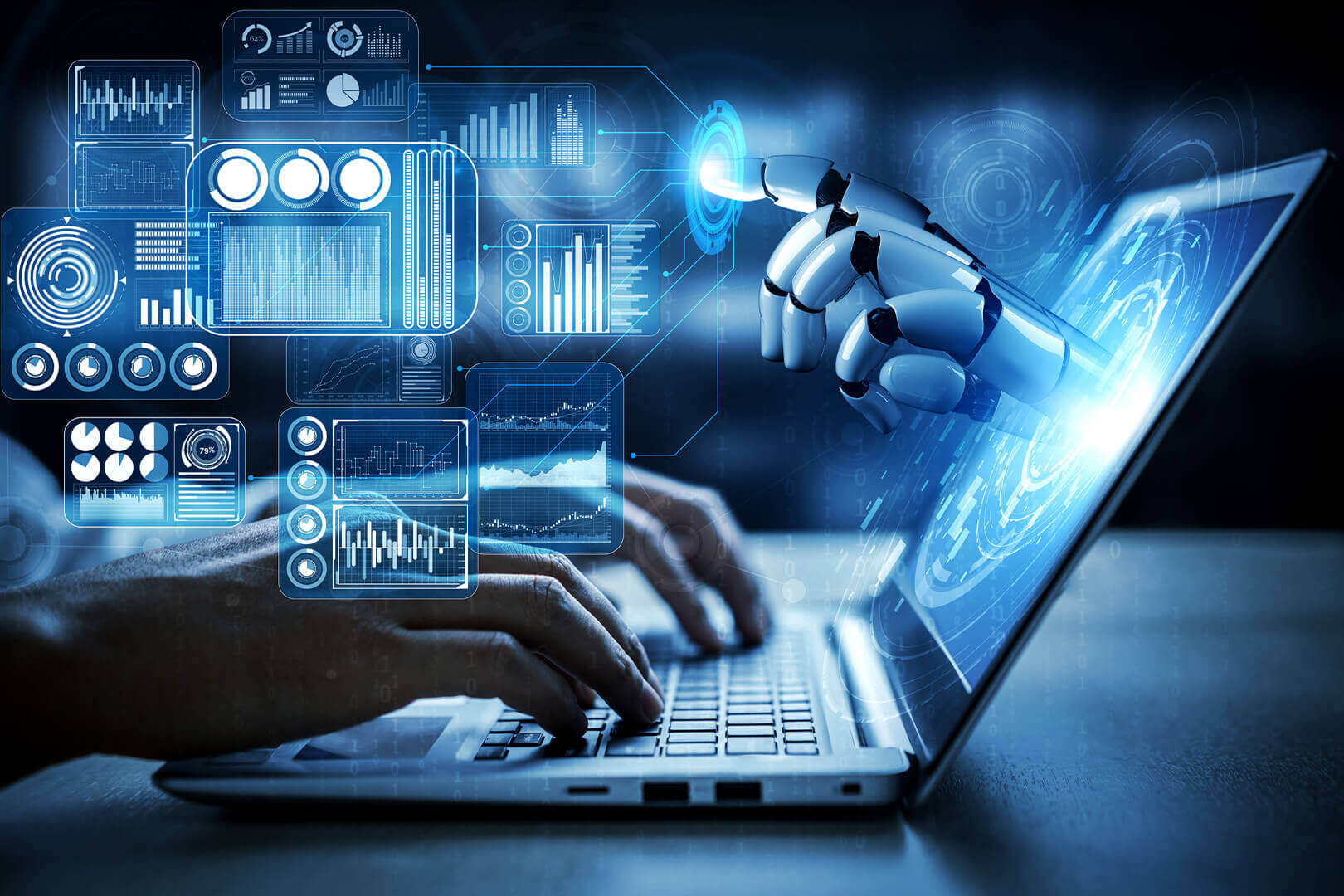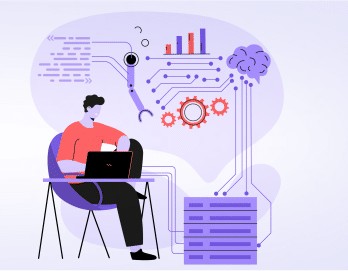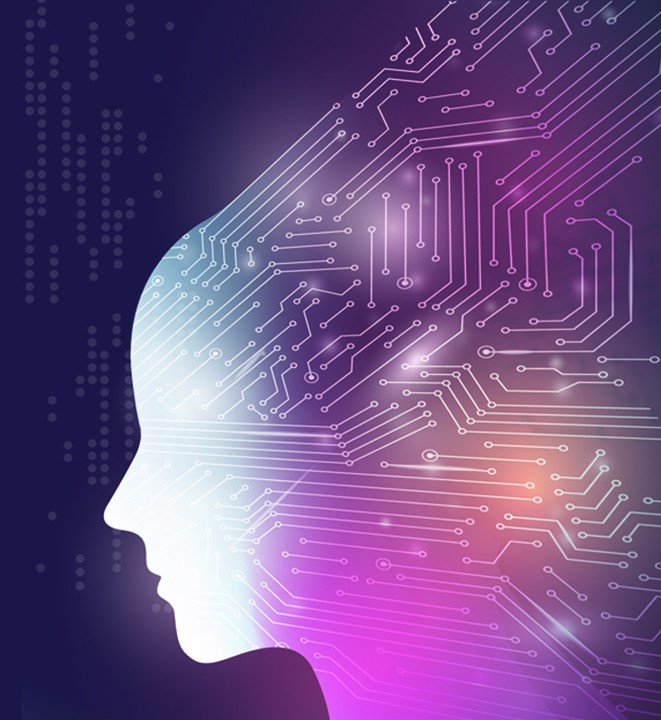
AI is transforming industries by enabling machines to perform complex tasks that once required human intelligence. At the core of this transformation are AI Models — sophisticated algorithms designed to learn patterns, make predictions, and solve problems with remarkable accuracy. Understanding what AI models are, how they function, and their diverse applications can help businesses, researchers, and innovators leverage them effectively.
Al Models
How does AI works?
Data collection
Large volumes of relevant data are gathered from various sources.
Preprocessing
The data is cleaned, organized, and transformed into a suitable format for the model.
Training
The model learns by processing examples, adjusting its parameters to minimize errors.
Validation
Performance is tested using a separate dataset to ensure accuracy.
Inference
Once trained, the model applies its knowledge to new data to produce predictions or decisions.
Types
Supervised learning models
Trained with labeled data, these models learn the relationship between input and output. Examples include regression models, support vector machines, and convolutional neural networks for image recognition.

Unsupervised learning models
These models identify patterns and groupings in unlabeled data. Clustering algorithms like K-means and dimensionality reduction techniques fall under this category.

Reinforcement learning models
Designed to make sequential decisions, reinforcement learning models learn through trial and error, receiving feedback from their environment to optimize performance.

Generative models
Generative AI models, such as GANs (Generative Adversarial Networks) and large language models, create new content—text, images, or audio—based on learned patterns.
Uses
Healthcare
Predicting disease risk, assisting in diagnosis, and personalizing treatment plans.

Finance
Fraud detection, credit scoring, and algorithmic trading.
Retail
Demand forecasting, recommendation engines, and customer segmentation.

Manufacturing
Predictive maintenance, quality control, and supply chain optimization.
Transportation
Route planning, autonomous vehicle control, and traffic prediction.
Conclusion
AI models are the backbone of modern artificial intelligence, enabling systems to learn, adapt, and make informed decisions. By understanding their types, functions, and real-world applications, businesses and individuals can harness their potential to innovate and solve challenges more effectively.

